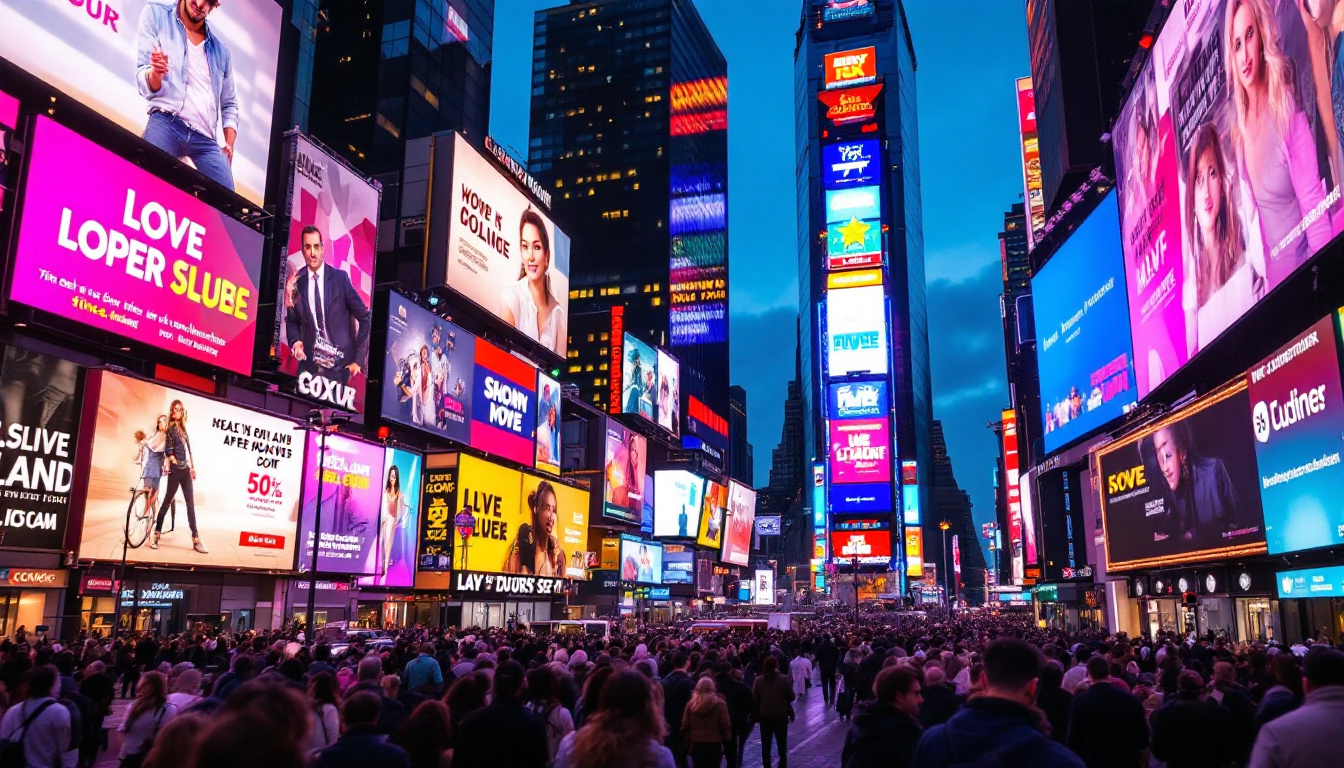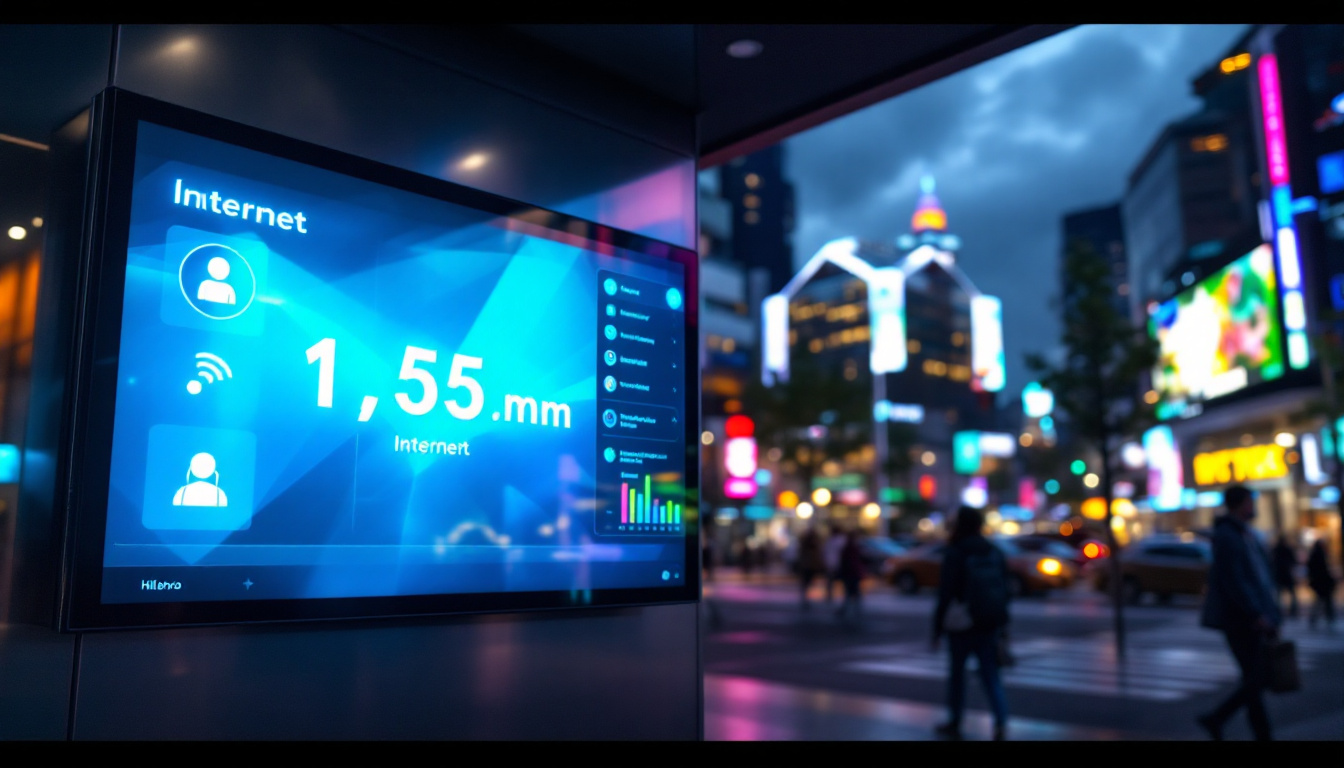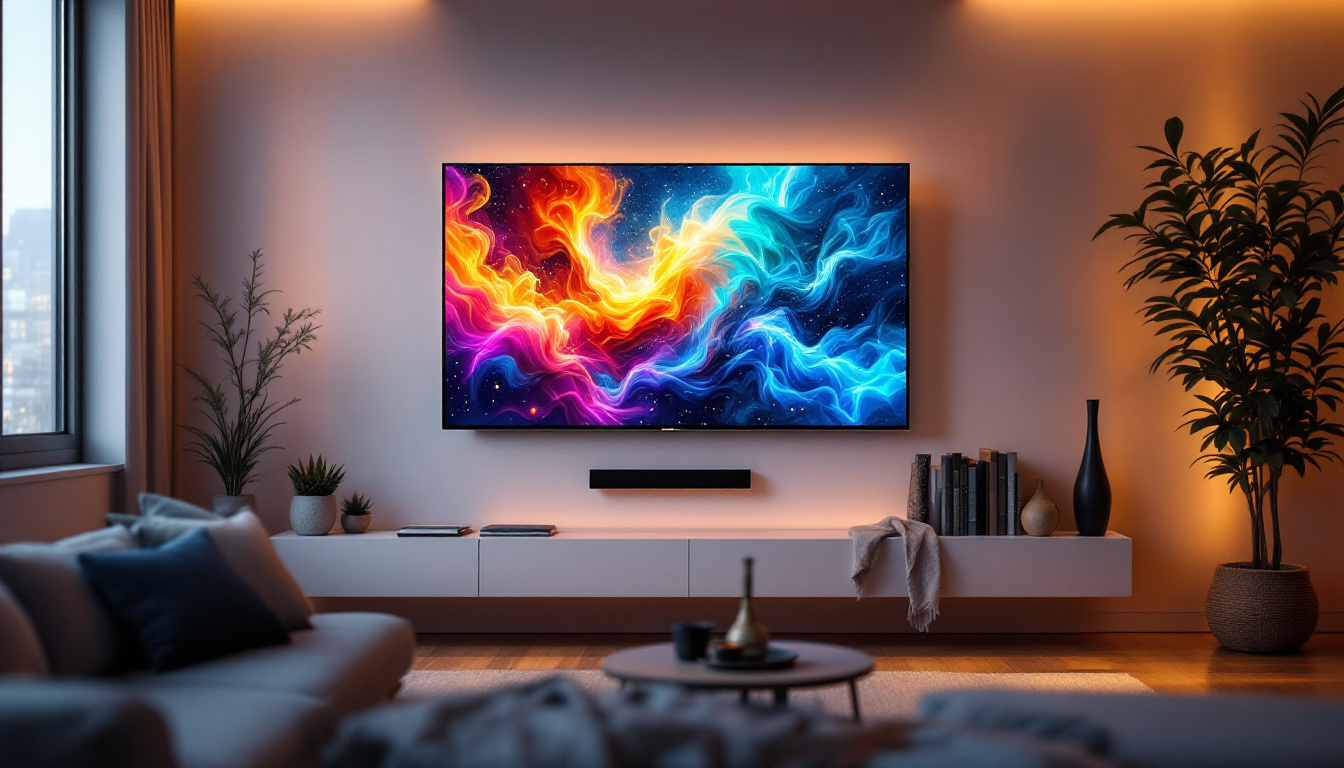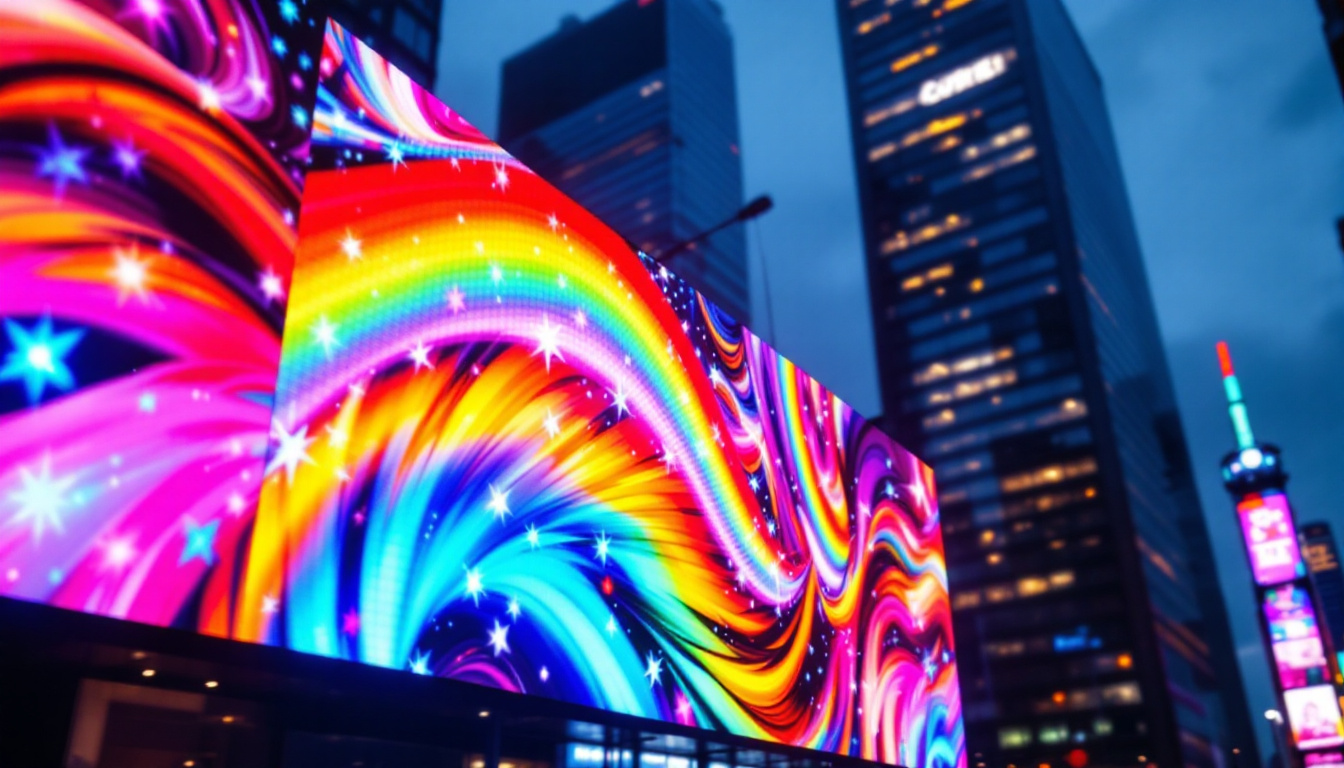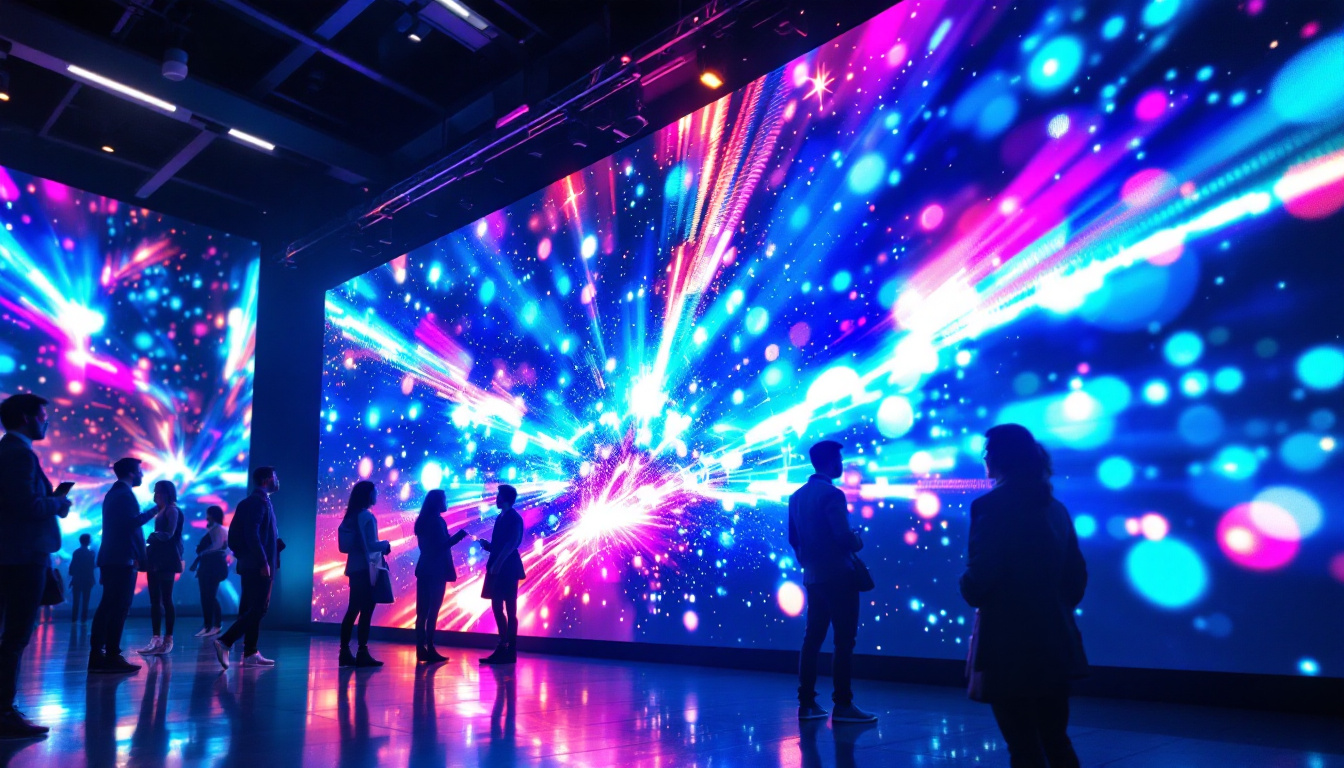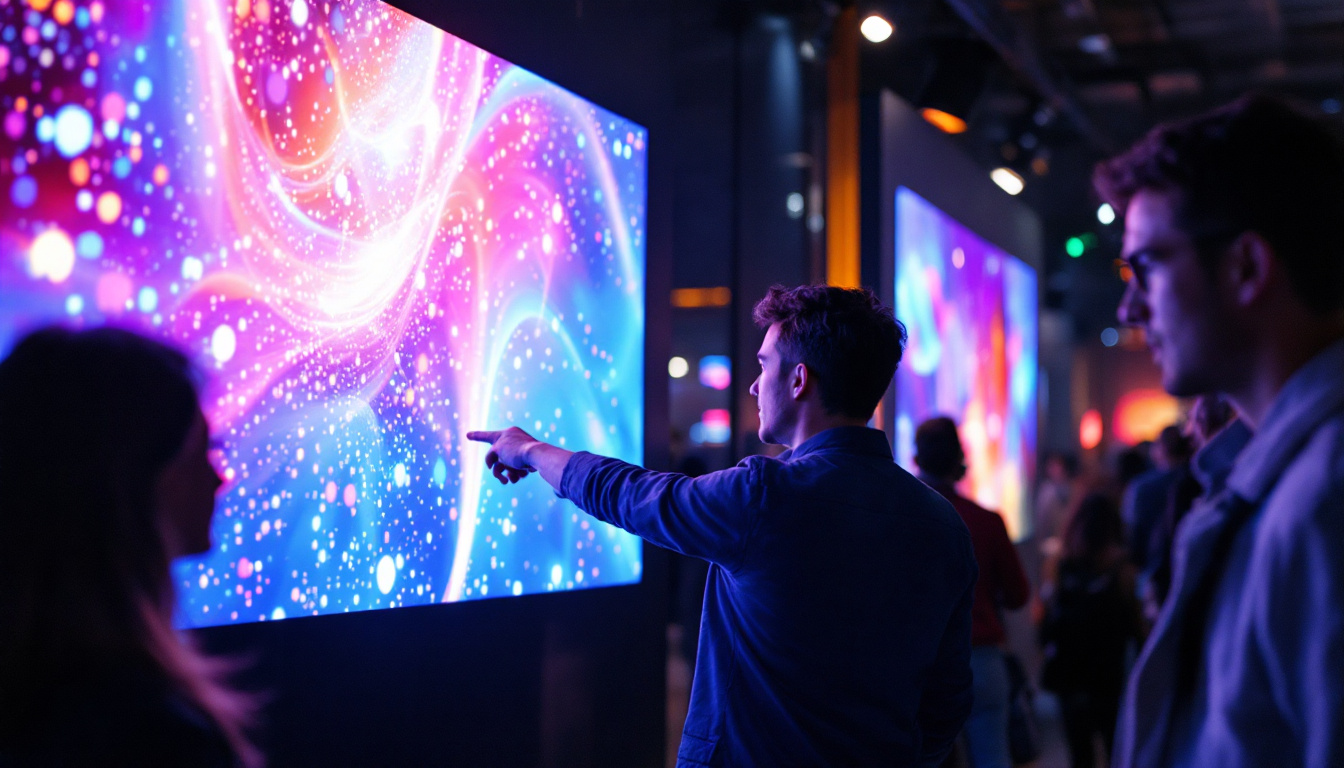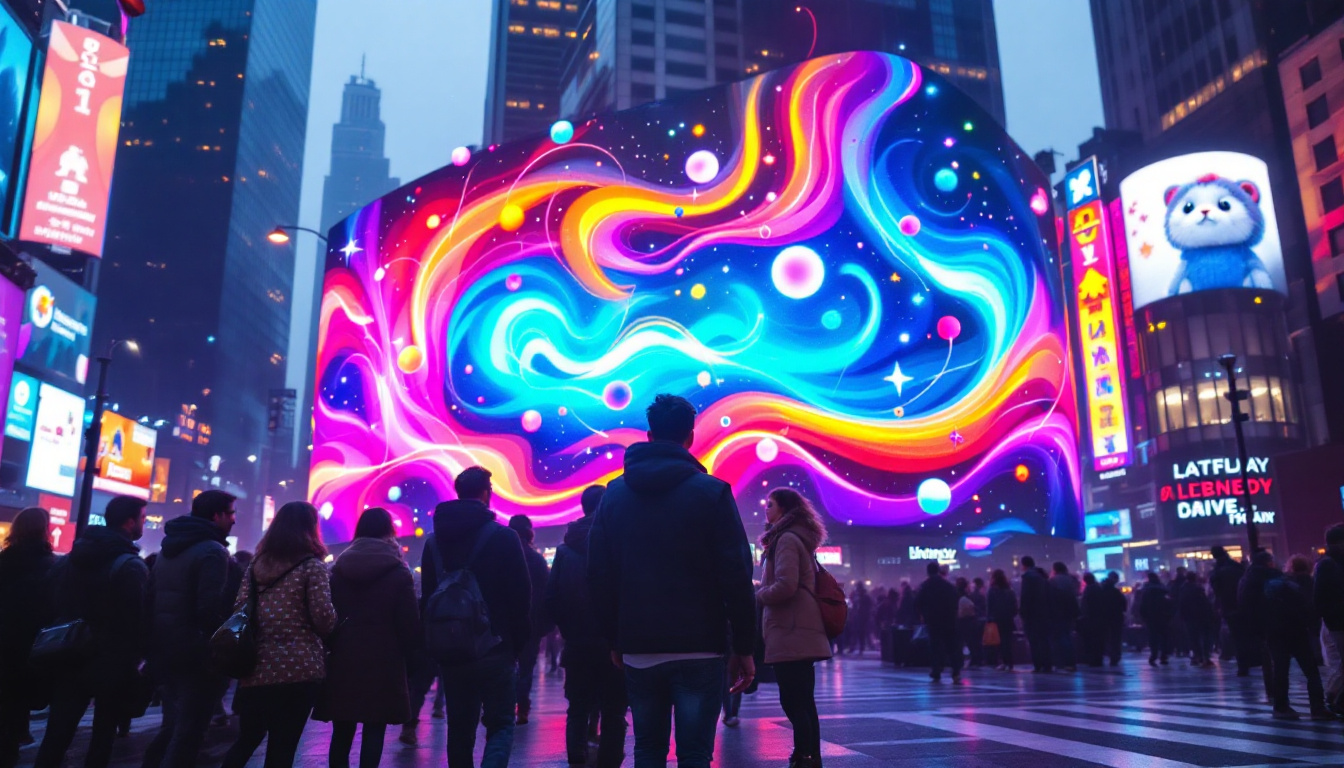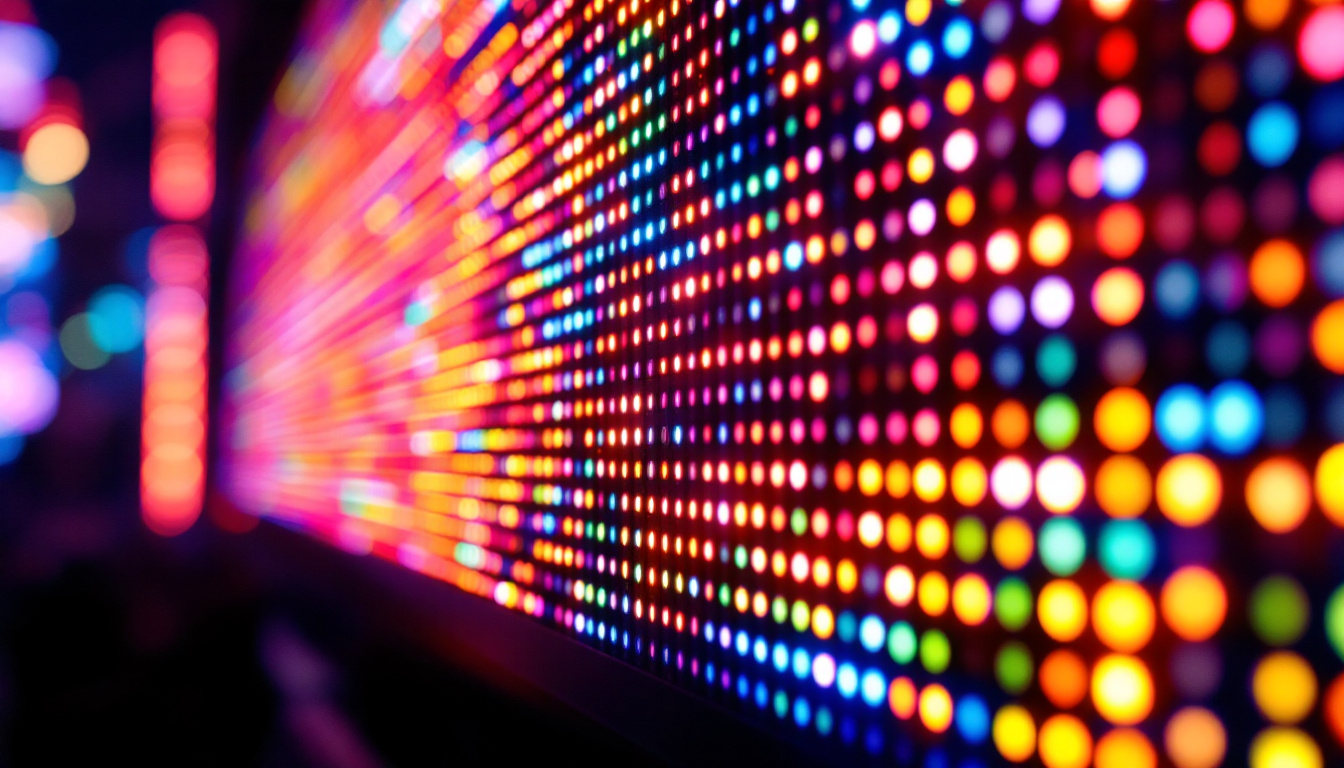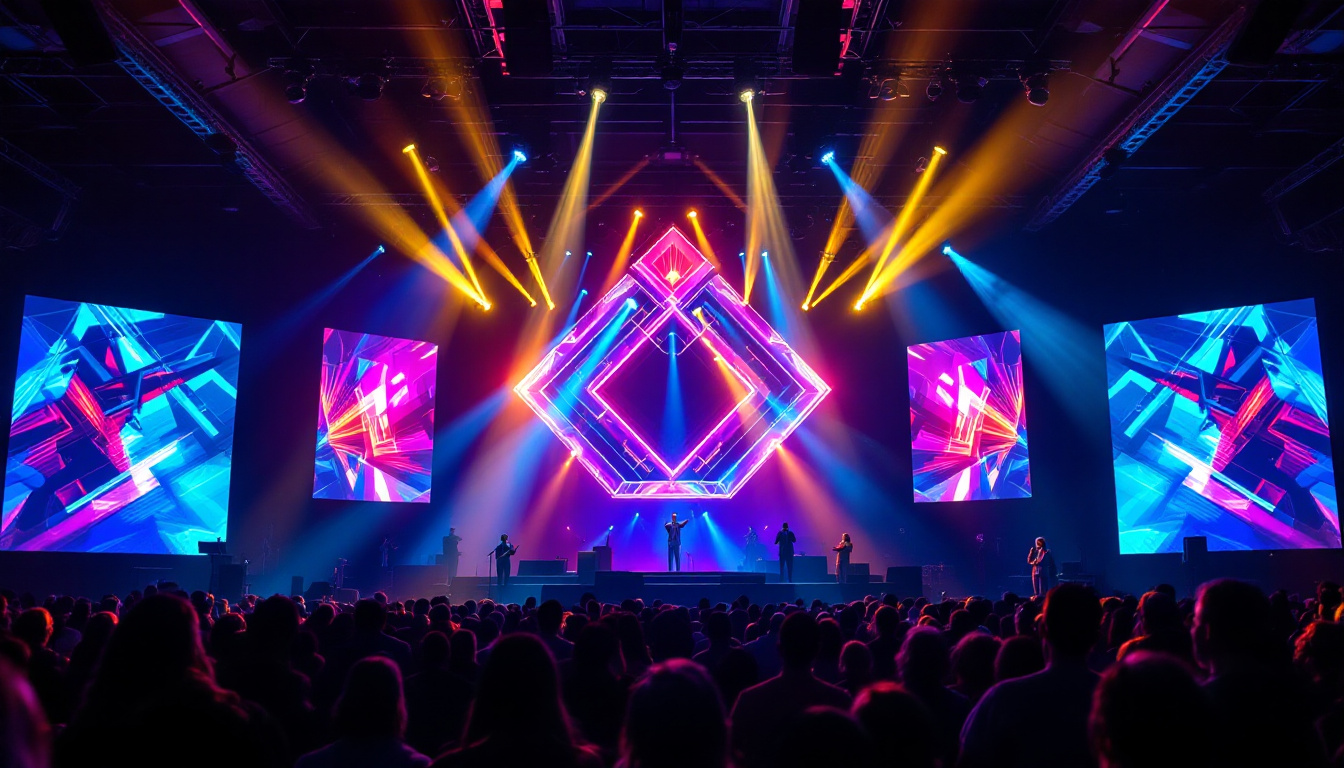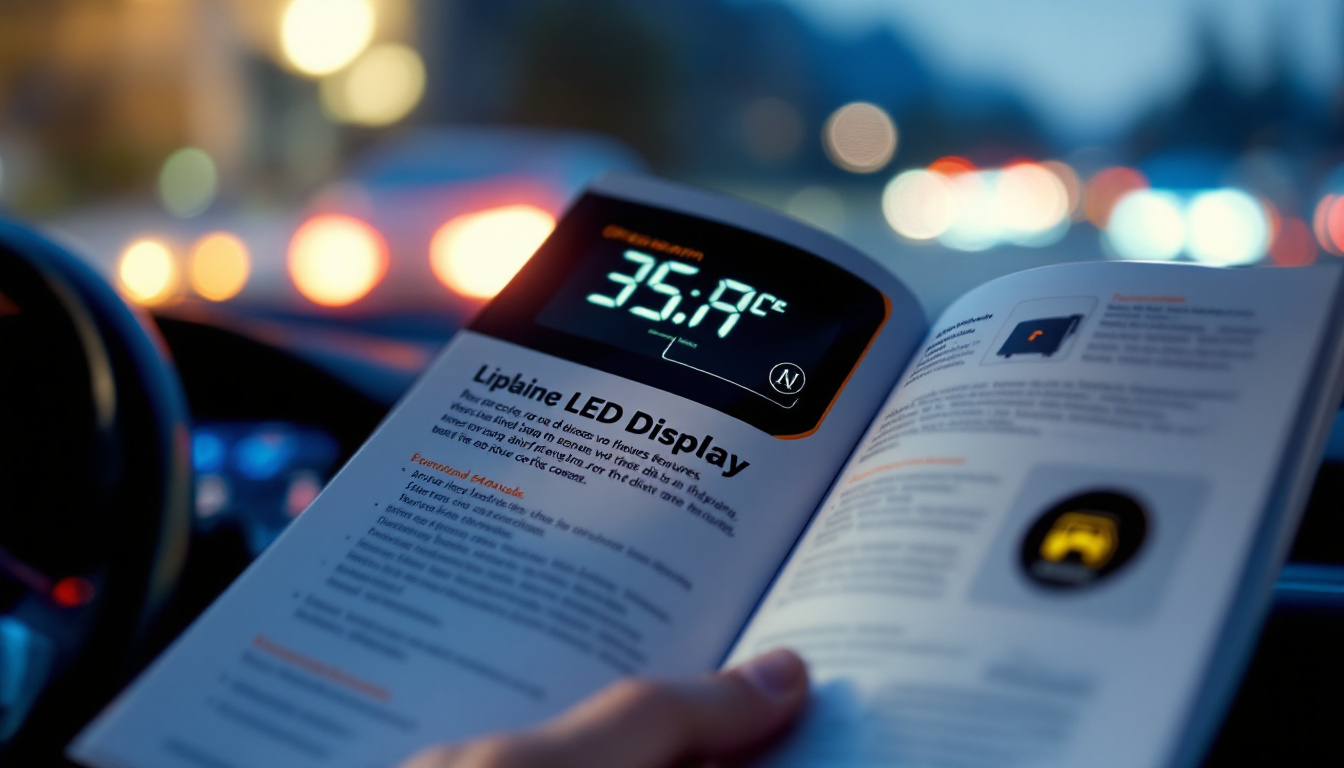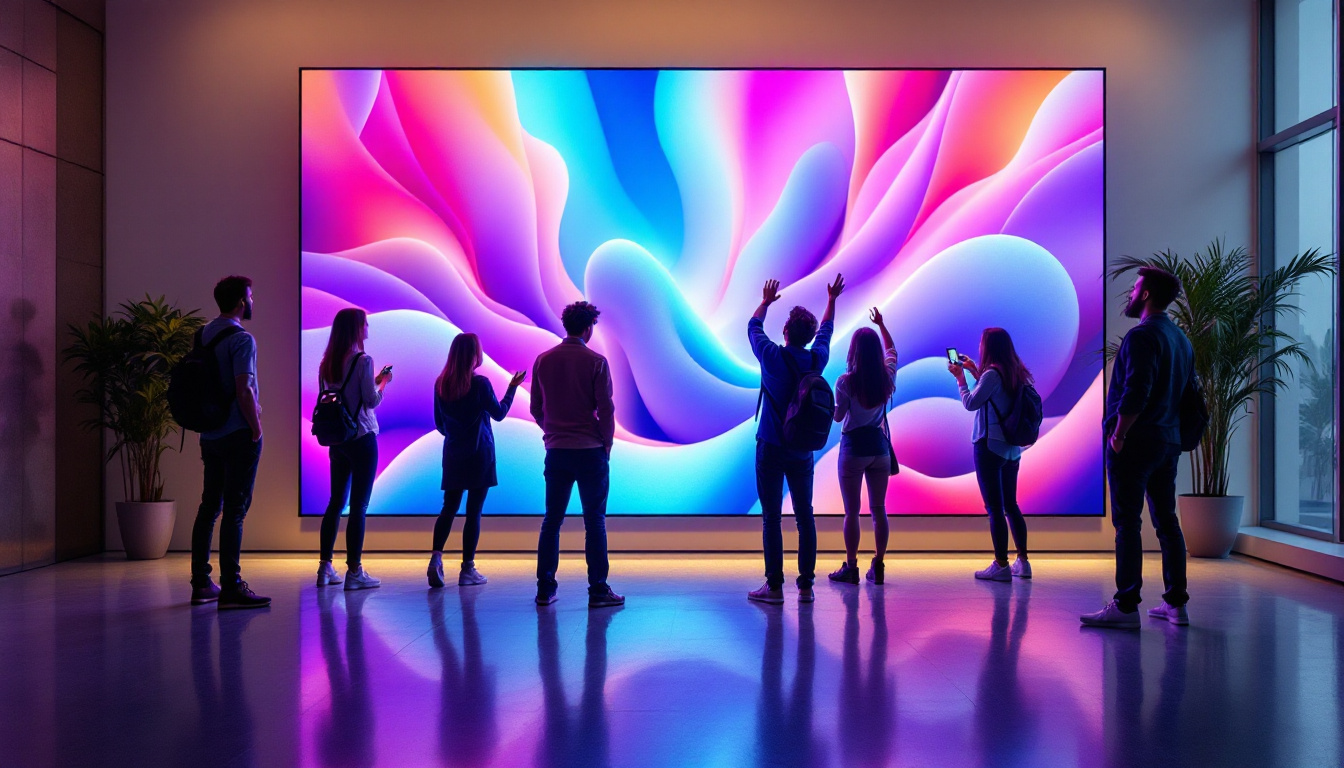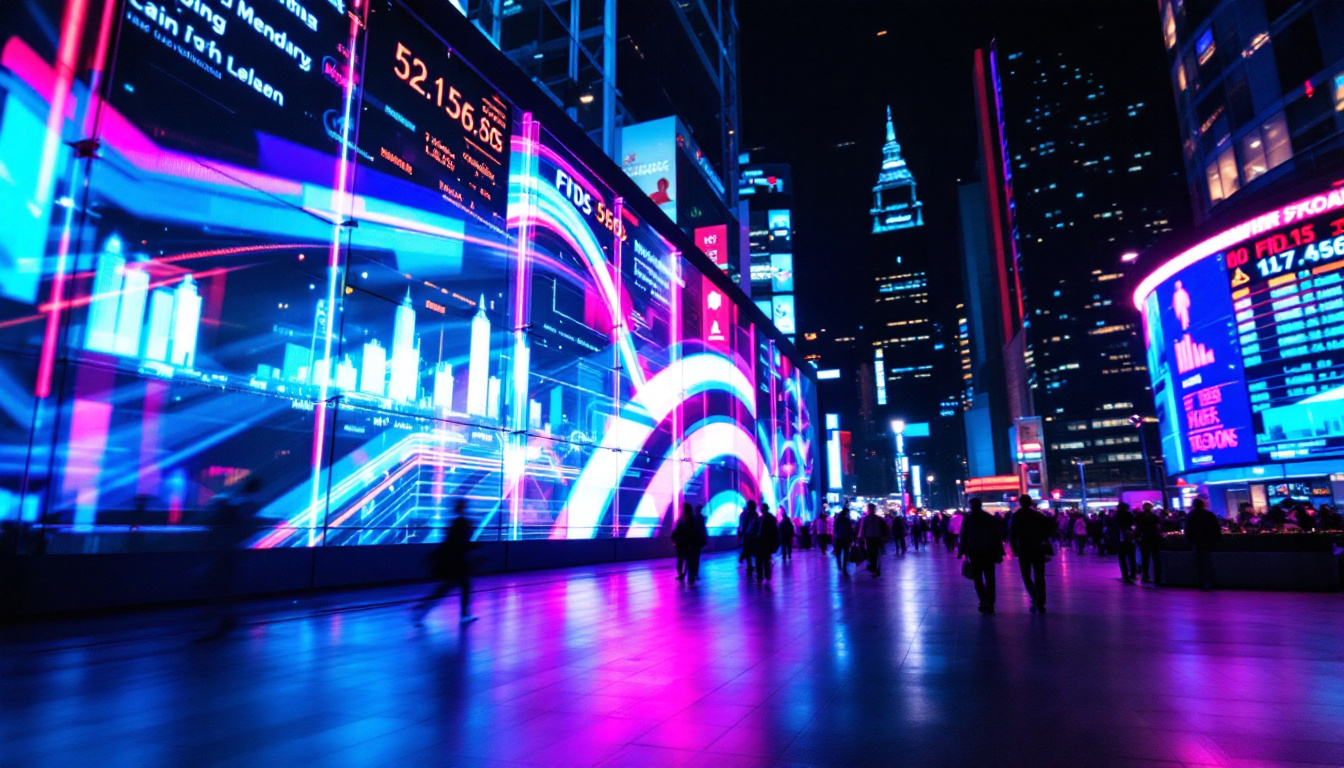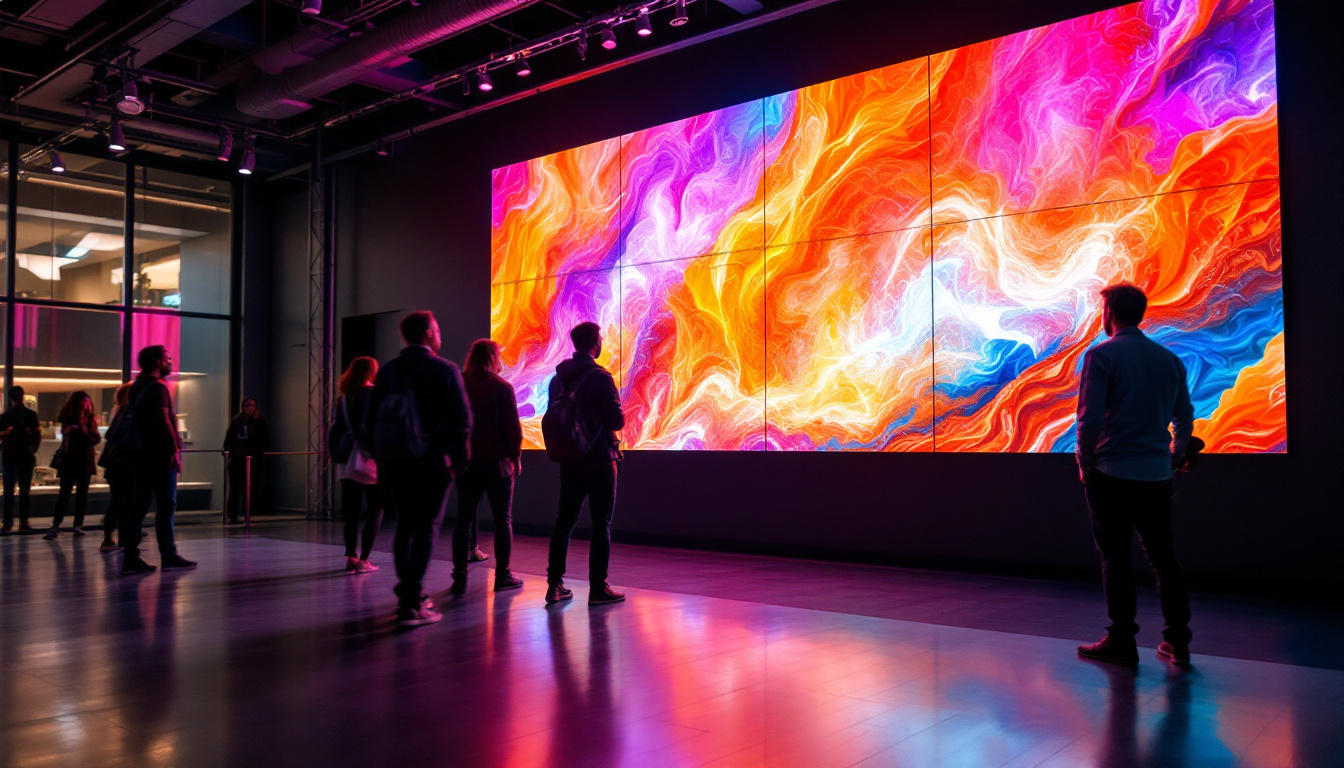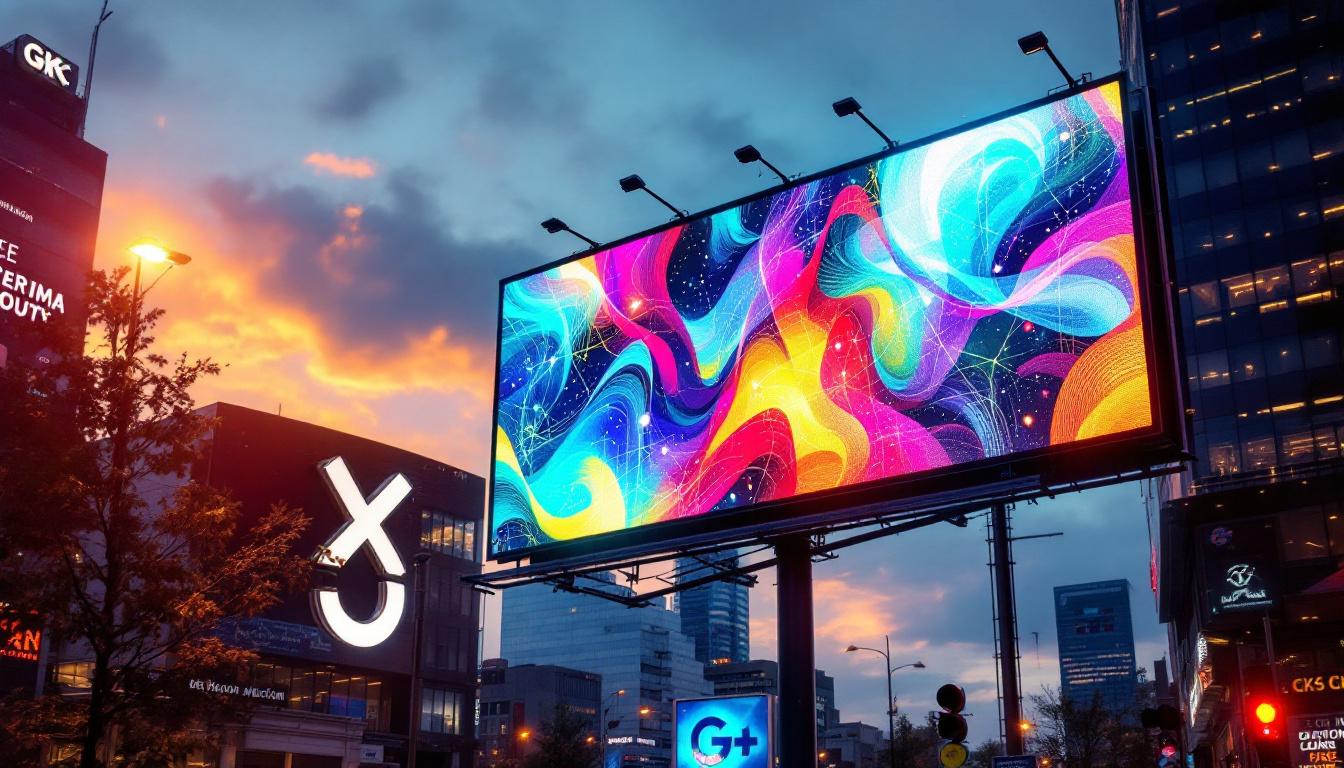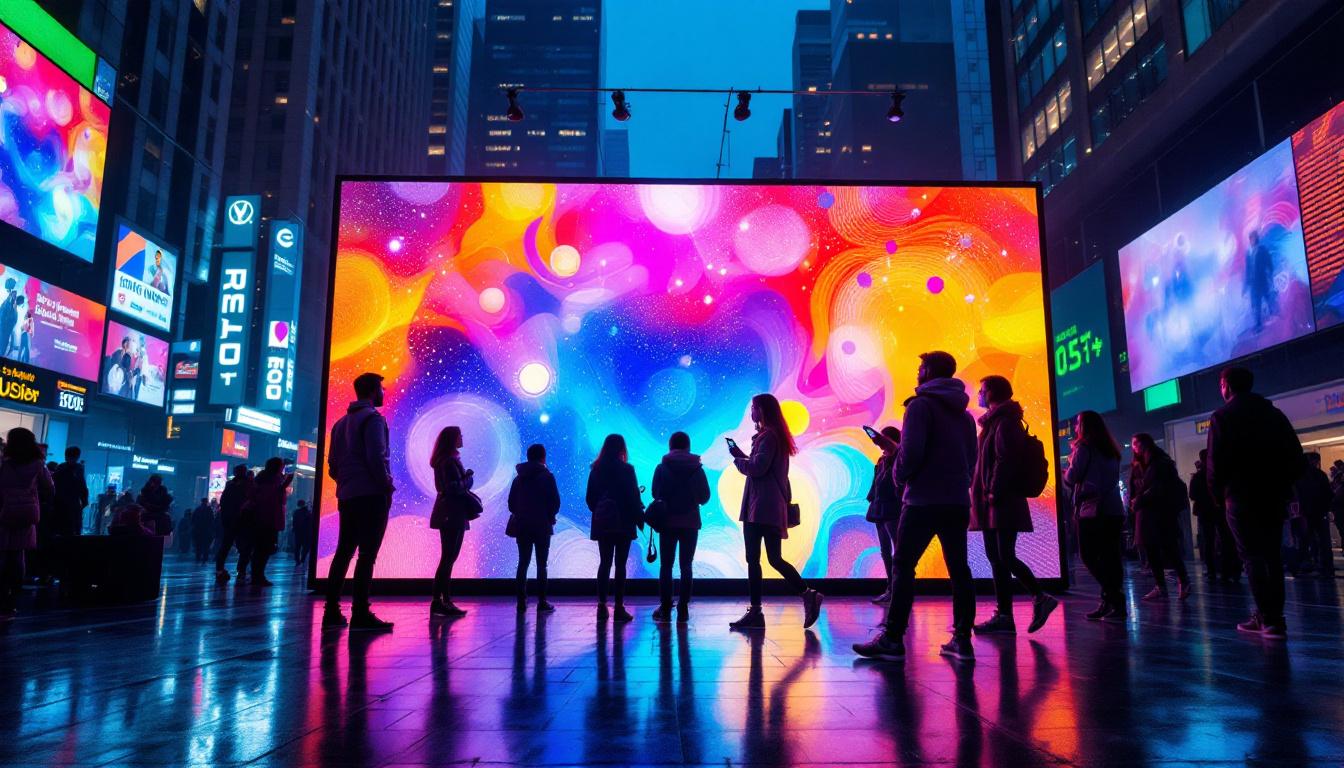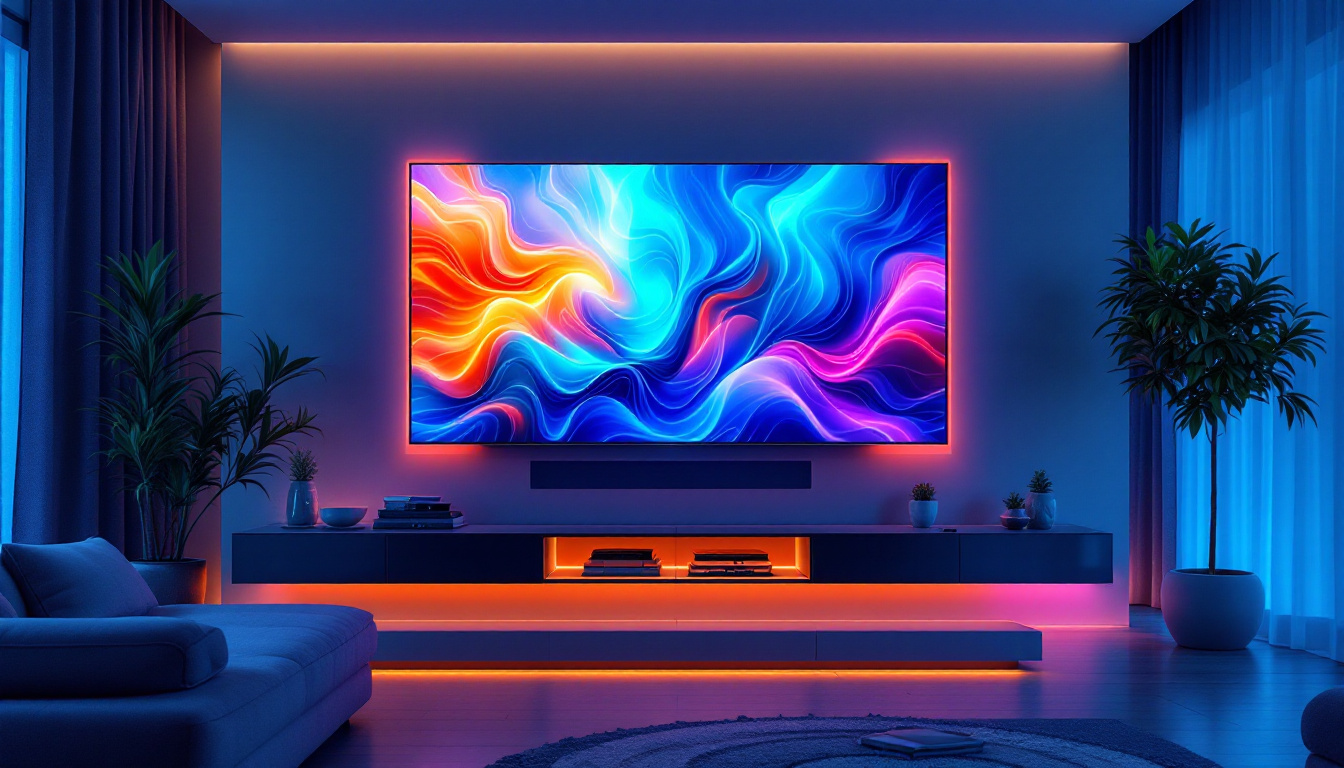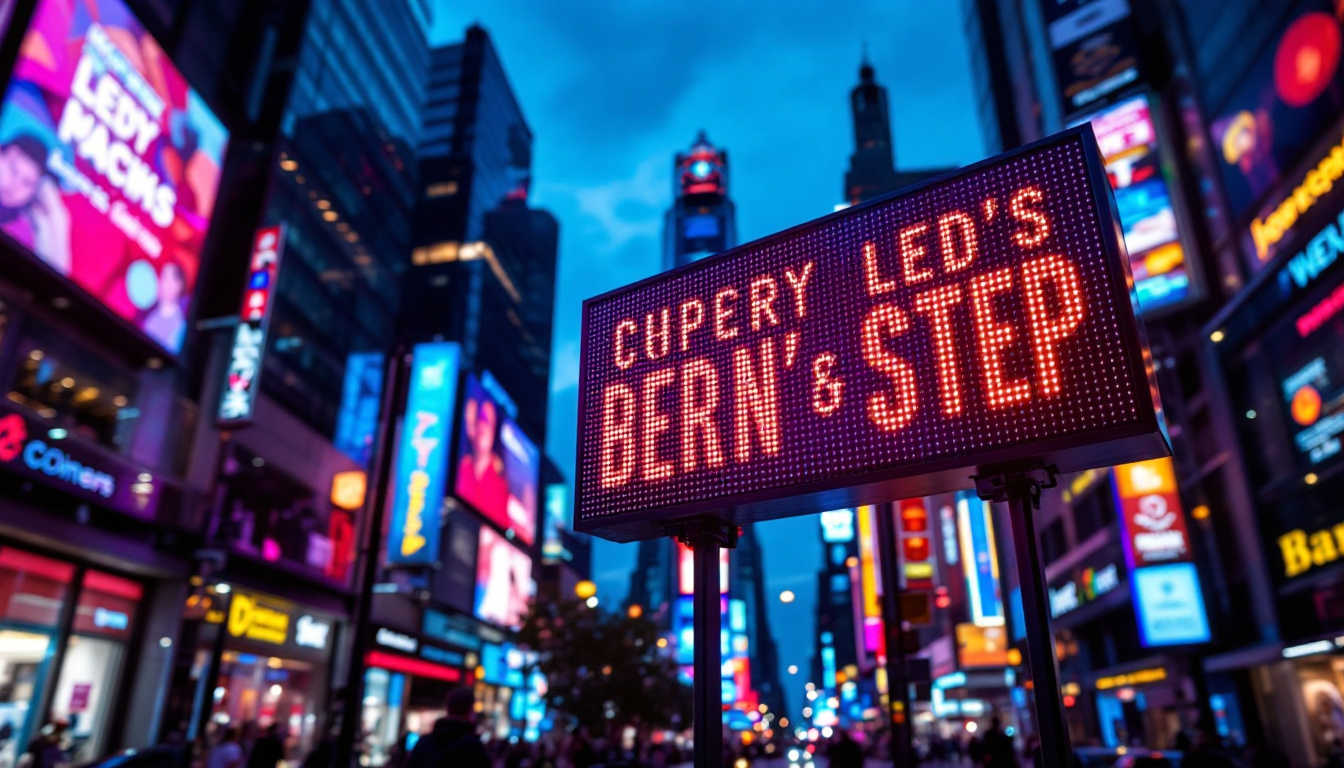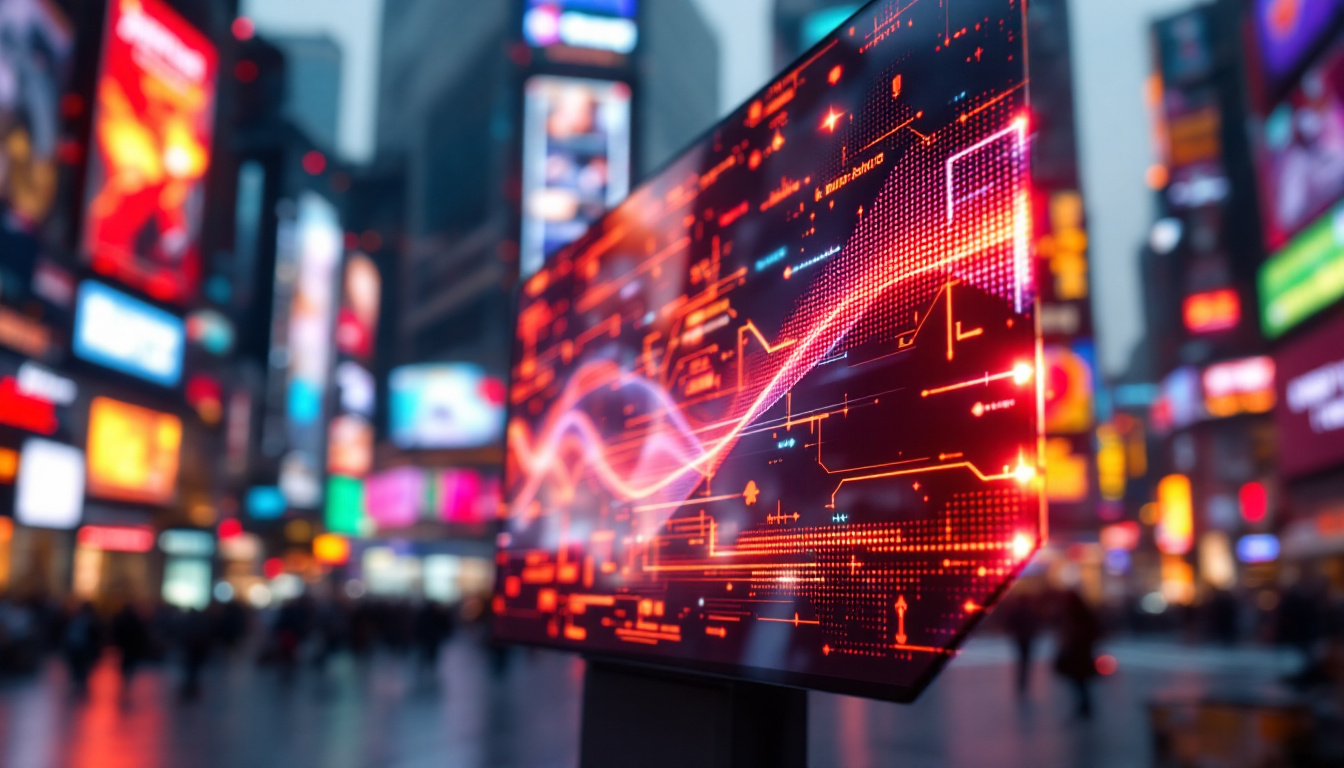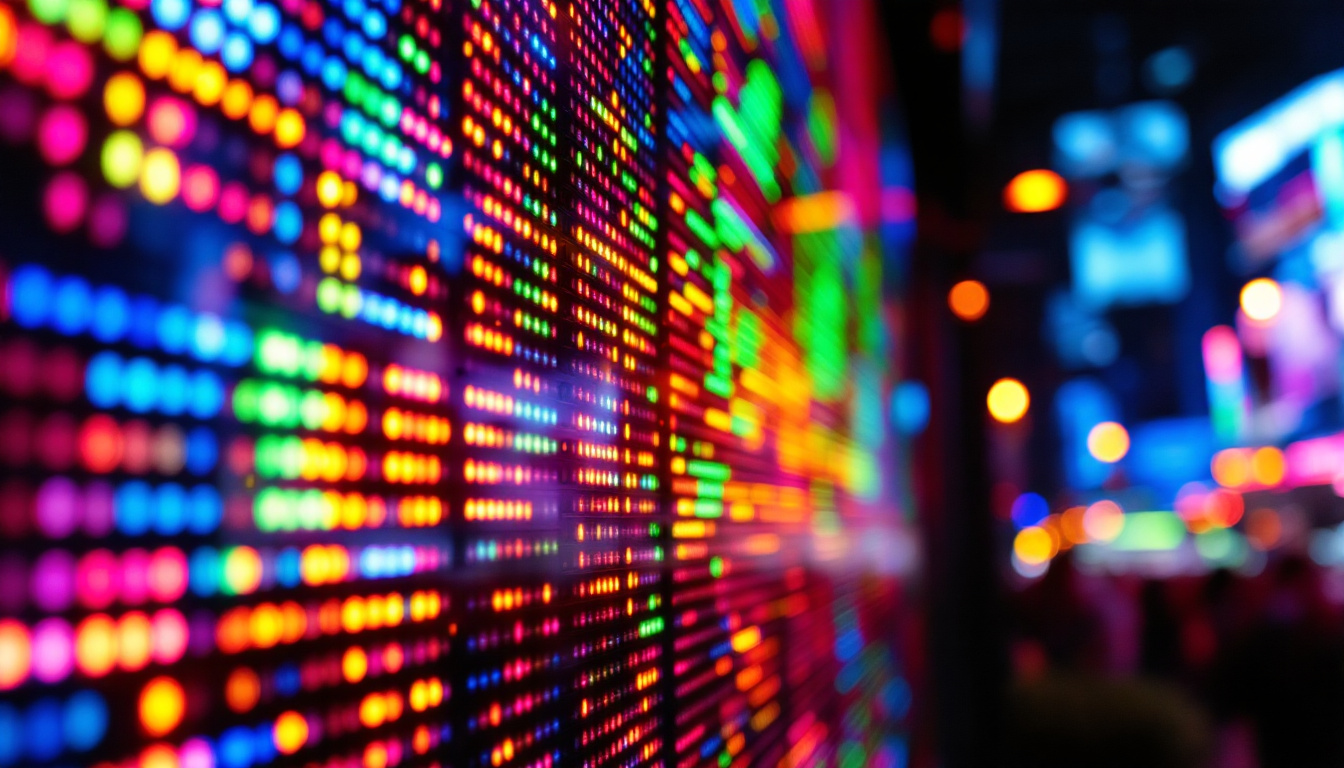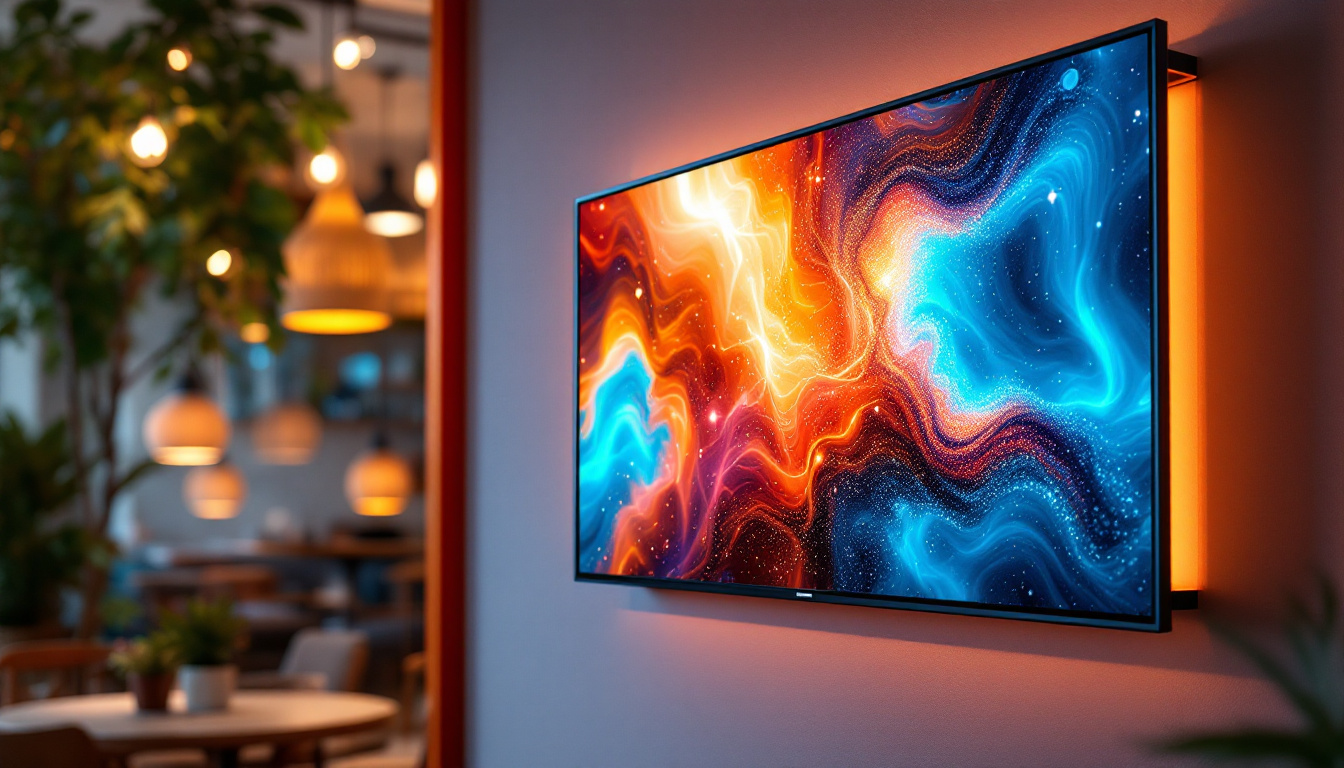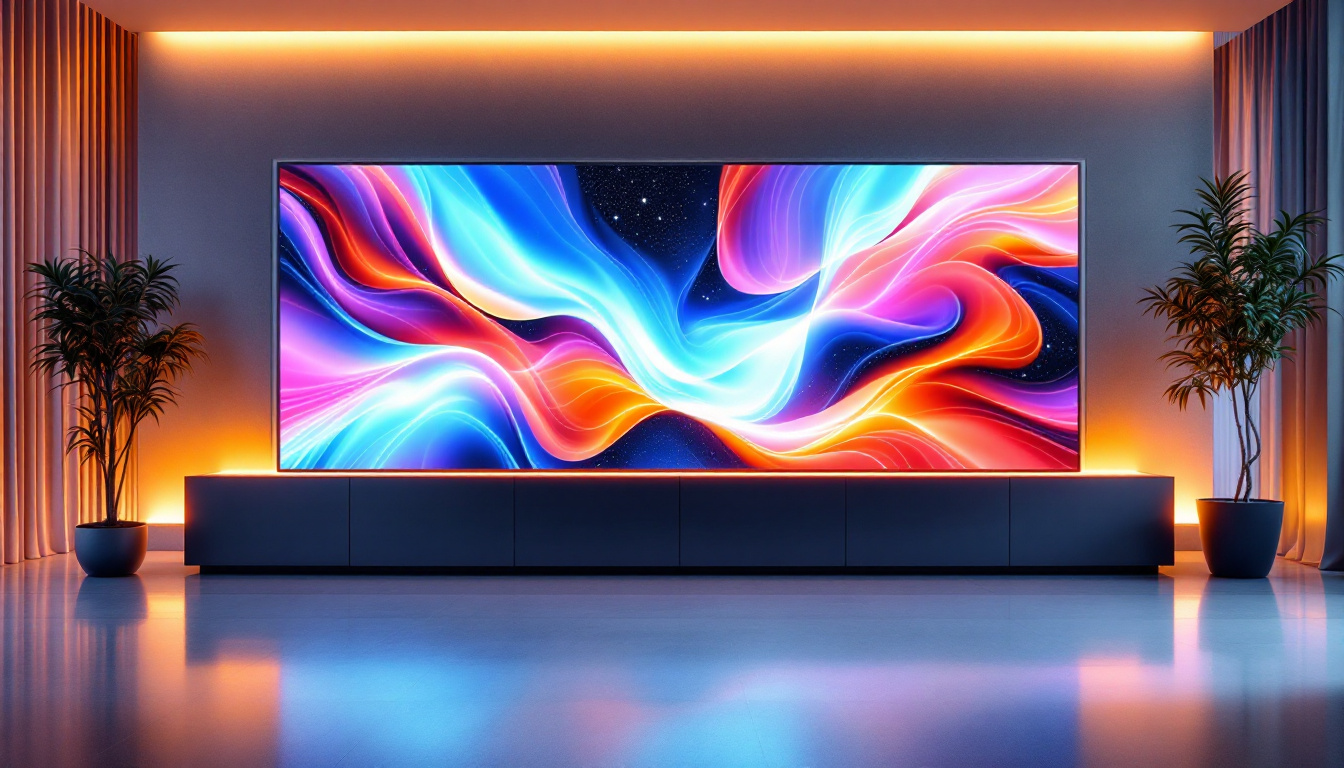Times Square, often referred to as “The Crossroads of the World,” is a vibrant hub of entertainment, culture, and commerce. Known for its dazzling LED displays and billboards, this iconic location attracts millions of visitors each year. For businesses looking to make a splash, advertising in Times Square presents a unique opportunity. However, the cost of these ads can be staggering. This article delves into the factors influencing the cost of LED displays in Times Square, what businesses can expect when budgeting for such advertising, and the overall impact of these ads on brand visibility.
Understanding the Basics of LED Advertising in Times Square
LED displays in Times Square are not just eye-catching; they are also strategically placed to maximize visibility and engagement. The sheer scale and brightness of these displays make them a preferred choice for advertisers looking to reach a diverse audience. With millions of visitors each year, Times Square serves as a bustling hub where brands can connect with both locals and tourists, making it an ideal location for impactful advertising.
The Technology Behind LED Displays
LED (Light Emitting Diode) technology has revolutionized the advertising landscape. Unlike traditional billboards, LED displays offer dynamic content that can change in real-time. This capability allows advertisers to showcase multiple messages throughout the day, catering to different audiences and times. For instance, a display can promote a morning coffee special to early commuters and then switch to an evening event advertisement as the crowd shifts.
The clarity and brightness of LED screens ensure that advertisements are visible even in the hustle and bustle of Times Square. With advancements in technology, these displays can now incorporate high-definition visuals, animations, and even interactive elements, making them more engaging for passersby. Some displays have even integrated augmented reality features, allowing viewers to interact with the content in innovative ways, further enhancing the viewer’s experience and connection with the brand.
Location, Location, Location
The location of an LED display in Times Square significantly affects its advertising cost. Areas with high foot traffic, such as near major theaters or popular tourist attractions, command higher prices due to increased visibility. Advertisers often compete for these prime spots, driving up costs. The competition is fierce, as brands understand that a well-placed advertisement can lead to substantial increases in brand awareness and sales.
Furthermore, the orientation and angle of the display can impact its effectiveness. A screen that faces a busy intersection or is positioned at eye level will likely attract more attention than one that is tucked away or positioned at an awkward angle. Additionally, the time of day can influence the effectiveness of these displays; for example, bright, colorful ads may stand out more at night when the lights of Times Square create a vibrant atmosphere. Advertisers often analyze foot traffic patterns and peak times to optimize their campaigns, ensuring that their messages reach the maximum number of potential customers.
Factors Influencing Advertising Costs
The cost of advertising on LED displays in Times Square can vary widely based on several factors. Understanding these elements is crucial for businesses considering this advertising avenue.
Duration and Timing of the Ad
The length of time an advertisement runs plays a significant role in determining its cost. Short-term campaigns may be more affordable, but they also offer limited exposure. Conversely, longer campaigns, while more expensive, can provide sustained visibility and potentially higher returns on investment.
Timing is another critical factor. Advertising during peak tourist seasons, major events, or holidays can significantly increase costs. Brands often pay a premium to have their ads displayed during high-traffic times, capitalizing on the influx of visitors to Times Square. For instance, during New Year’s Eve, when millions gather to celebrate, the demand for advertising space skyrockets, leading to inflated prices. Advertisers must strategically plan their campaigns around these peak periods to maximize their impact and reach.
Size and Quality of the Display
The size of the LED display is directly proportional to its cost. Larger screens that can accommodate more extensive visuals and messages typically come with a higher price tag. Additionally, the quality of the display—such as resolution and brightness—can affect pricing. High-definition displays that offer superior clarity and color vibrancy are generally more expensive than standard options. The choice of display also influences the audience’s engagement; for example, a vibrant, high-resolution ad on a massive screen is more likely to capture the attention of passersby than a smaller, less vivid display.
Moreover, the location of the display within Times Square can also impact costs. Ads positioned at high-visibility intersections or near popular attractions tend to command higher prices due to the increased foot traffic. Advertisers must weigh the benefits of premium placement against their budget constraints, as the right location can significantly enhance brand visibility and audience interaction.
Creative Content and Production Costs
Creating compelling content for an LED display is essential for capturing attention. However, the production of high-quality video and graphics can add to the overall cost. Businesses must consider not only the advertising space but also the resources required to design and produce engaging content that resonates with viewers. This includes hiring skilled graphic designers, videographers, and animators who can bring creative visions to life.
Furthermore, the storytelling aspect of the advertisement plays a vital role in its effectiveness. A well-crafted narrative can evoke emotions and create a memorable experience for the audience. Brands that invest in innovative concepts, such as interactive elements or augmented reality features, may incur additional production costs but can also achieve higher engagement rates. The key lies in balancing creativity with budget, ensuring that the final product not only stands out in the bustling environment of Times Square but also aligns with the brand’s overall marketing strategy.
Cost Estimates for LED Advertising in Times Square
While the costs can vary significantly, it is helpful to provide some general estimates for businesses considering advertising on LED displays in Times Square. These figures can serve as a starting point for budgeting purposes.
Daily and Weekly Rates
On average, businesses can expect to pay anywhere from $5,000 to $30,000 per day for advertising on LED displays in Times Square. This range largely depends on the factors previously discussed, including location, size, and timing. For example, a prominent display in a high-traffic area might command a daily rate at the upper end of this spectrum.
For longer campaigns, many advertisers negotiate weekly rates, which can range from $25,000 to over $100,000. These packages often include additional benefits, such as enhanced visibility during peak hours or promotional support from the display owner.
Long-Term Contracts and Discounts
Many businesses opt for long-term contracts to secure more favorable rates. By committing to a multi-week or multi-month campaign, advertisers may negotiate discounts that can significantly reduce the overall cost. This approach not only lowers expenses but also ensures consistent brand visibility in a competitive environment.
Measuring the Impact of LED Advertising
Investing in LED advertising in Times Square can be substantial, but measuring its effectiveness is crucial for determining return on investment (ROI). Businesses must implement strategies to evaluate the impact of their campaigns.
Tracking Foot Traffic and Engagement
One of the most direct ways to measure the effectiveness of an LED ad is by tracking foot traffic and engagement. Many advertisers use technology such as mobile tracking and heat mapping to analyze how many people pass by their display and how they interact with it.
Engagement can also be gauged through social media metrics. If an ad prompts viewers to share their experiences online or engage with the brand’s social media platforms, this can be a strong indicator of success.
Sales and Conversion Rates
Ultimately, the goal of advertising is to drive sales. Businesses should closely monitor sales figures during and after their advertising campaign to assess its impact. Comparing sales data before, during, and after the campaign can provide valuable insights into its effectiveness.
Additionally, tracking conversion rates—how many viewers take a specific action after seeing the ad—can help businesses understand the direct correlation between their advertising efforts and customer behavior.
Best Practices for Advertising in Times Square
To maximize the effectiveness of LED advertising in Times Square, businesses should consider several best practices that can enhance their campaigns.
Crafting a Compelling Message
Given the fast-paced nature of Times Square, it is essential to craft a clear and compelling message that captures attention quickly. Advertisements should be visually striking and convey their message within seconds, as viewers may only have a brief moment to engage with the content.
Using bold colors, captivating visuals, and concise text can help ensure that the message resonates with the audience. Additionally, incorporating a call to action can encourage viewers to take the next step, whether visiting a website or making a purchase.
Utilizing Real-Time Data
Taking advantage of real-time data can significantly enhance the effectiveness of an LED advertising campaign. Advertisers can adjust their content based on factors such as weather, time of day, or current events to make their ads more relevant and engaging.
For example, a restaurant might promote a special offer during lunch hours or highlight a cozy atmosphere on a rainy day. This adaptability can lead to higher engagement and conversion rates.
Conclusion: The Value of LED Advertising in Times Square
Advertising on LED displays in Times Square offers businesses a unique opportunity to reach a diverse and engaged audience. While the costs can be substantial, the potential for increased visibility and brand recognition is significant. By understanding the factors that influence advertising costs, crafting compelling messages, and measuring the impact of campaigns, businesses can make informed decisions about their advertising strategies.
In a world where consumer attention is increasingly fragmented, the vibrant and dynamic nature of Times Square’s LED displays can cut through the noise, making a lasting impression on viewers. For brands willing to invest, the rewards can be substantial, transforming a simple advertisement into a powerful marketing tool.
Illuminate Your Brand with LumenMatrix
Ready to make your brand shine in the heart of Times Square? LumenMatrix is at the forefront of LED display innovation, offering a diverse range of solutions to captivate your audience and amplify your message. From the bustling streets to the grandest stadiums, our Indoor and Outdoor LED Wall Displays, Vehicle LED Displays, and more are designed to create unforgettable visual experiences. Embrace the future of advertising with LumenMatrix and transform how your brand connects with the world. Check out LumenMatrix LED Display Solutions today and light up your brand’s potential.

